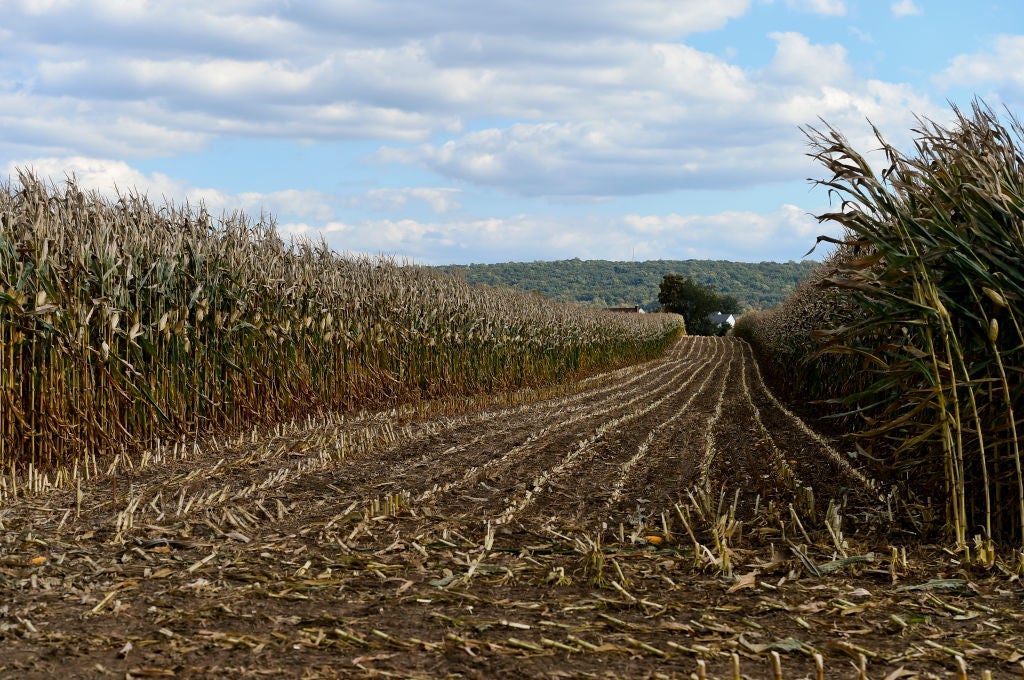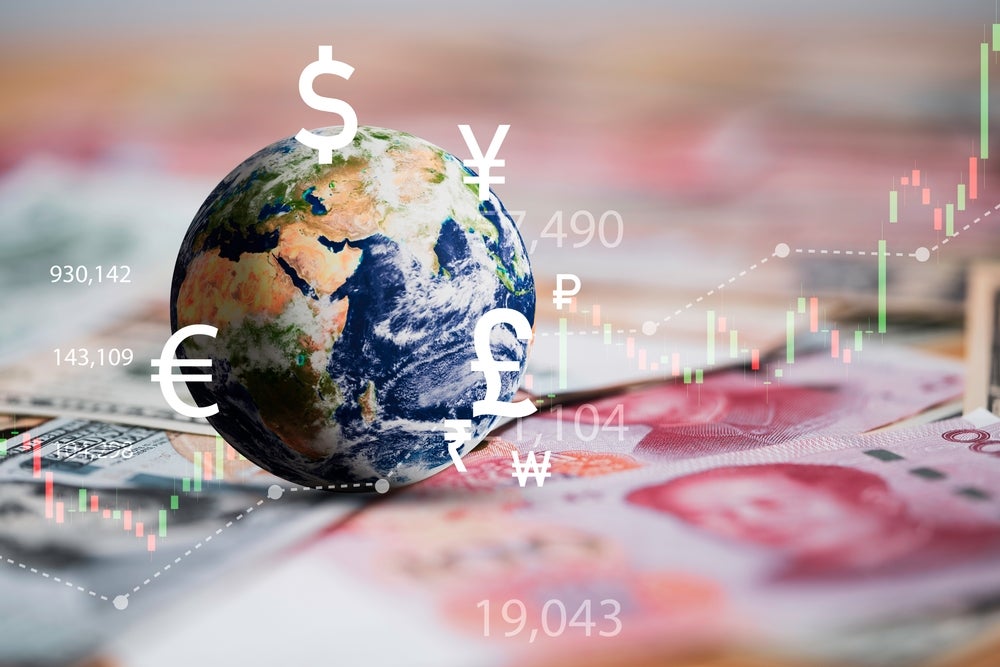
Some call it maize, some call it corn, but whatever its name the crop is one of the most grown in the world. However, the bulk of it ends up as livestock feed, indirectly consumed by humans.
For the purpose of this article, the term ‘maize’, from its latin name zea mays, will be used, instead of ‘corn’, which is preferred in the US (although it is worth noting that in scientific settings the US also tends to use maize instead of corn).
Maize is the most grown cereal crop in the world. It does come with sustainability concerns, but it is also essential for food security, and can even help empower women in agriculture.
When it comes to the production of maize, the US is the world’s leading country. However, in 2021, almost 40% (38.1%) of the maize produced in the US went to animal feed, 28.8% was accounted for through ethanol use for fuel, and 16.3% was exported.
Sustainability concerns are predominant for maize
Maize production in the US provides a good example of the problems that can the crop can cause. Margaret Smith, a professor and associate dean at Cornell University's College of Agriculture and Life Science, explains one of the downsides of maize production: its nutritional needs, which bring long-term sustainability challenges.
“It is a very nitrogen-intensive crop, it needs a fair amount of nitrogen to thrive,” says Smith. The problem with nitrogen in soil, she adds, is that nitrogen fertiliser tends to be very mobile. If it rains following the application, the fertiliser can end up in waterways and create problems, although Smith adds that remedies to this problem are being studied.
From an economic standpoint, Smith points out that recent price increases for fertilisers "can make a big difference to the economic viability of corn production”.
In the case of the US, maize production also comes with challenges linked to biodiversity, as is the case with the Corn Belt of the Midwest, for example, where only maize and soybeans are cultivated. “The agricultural landscape is almost split between those two crops, and anything done on that large uniform scale brings with it sustainability challenges,” says Smith.
“It is not what a natural ecosystem looks like at all. This is probably not, in the big picture, a healthy agricultural system. It just so happens that the soils there are tremendously good for those two crops.”
Maize, food security and female empowerment
Beyond US borders and the sustainability concerns surrounding maize production, the crop is essential in many parts of Africa.
Even though only about 12% of the maize produced in Africa is destined for food consumption, it is very important in terms of the continent's food security, Erin Collier, economist at the trade and markets division of the UN’s Food and Agriculture Organization, tells Investment Monitor.
According to a paper on food security from 2011, “together with rice and wheat, maize provides at least 30% of the food calories to more than 4.5 billion people in 94 developing countries”. These figures included 900 million poor consumers for whom maize is the preferred staple.
What is more, drought-tolerant varieties of maize are helping beat harsh conditions in sub-Saharan Africa, and research by the International Food Policy Research Institute shows that maize cultivation can help empower women, while also increasing maize yields.
The findings reveal that maize farms run together by men and women “are more productive when the women who tend to them are empowered”. These households, in turn, are more likely to then adopt technologies that boost crop yields.
Impact of the war in Ukraine on maize markets
More recently, the importance of maize has made international headlines as one of the world’s leading producers, Ukraine, was invaded by Russia in February, causing prices to rise.
“The countries that Ukraine exports the most maize to are China and those in the EU," says Collier. "Those countries have the capacity to import supplies from other countries,” she adds, but says that problems will come if global supplies become tighter, as the hardest hit countries will be in Africa, “where maize is a food source and they depend on imports".
“Before the conflict started, we had Ukraine forecast to export about 33 million tonnes of maize for the entire 2021–22 season, which goes from July of 2021 until June 2022,” she adds.
Collier explains that Ukraine had already exported approximately half of this maize, and “was expected to export about another 16 million tonnes of maize for the remainder of this season”. She adds that in the likely event that the war hinders those exports, demand will have to shift to other locations. "The other main maize exporters in the world are Argentina, Brazil and the US, so those countries would then have greater demand [placed] upon them.”
There are promising signs of record harvests in Argentina and in Brazil, which could help bridge this gap, “but there have also been some dry conditions in Argentina and Brazil for the past few months as their crops are growing, and because of that, we don't know what the final outcome of the harvest will be”, adds Collier.
Either way, even if other suppliers can make up this shortfall, a reduction in Ukraine's output will put upward pressure on maize markets, concludes Collier.
The agriculture world has myriad issues to overcome in the next few years, and maize production faces many unique challenges. The crop will remain of vital importance all around the world, but the damage it does to the environment is something that will receive more and more attention as the 2030 deadline for the UN's Sustainable Development Goal targets gets ever nearer. Given the potential social good that maize can do, solving such issues is paramount to the Earth's future.
This is the second in a series of articles profiling big crops. Previously, we covered wheat, and in the coming weeks we will cover rice and soy.







